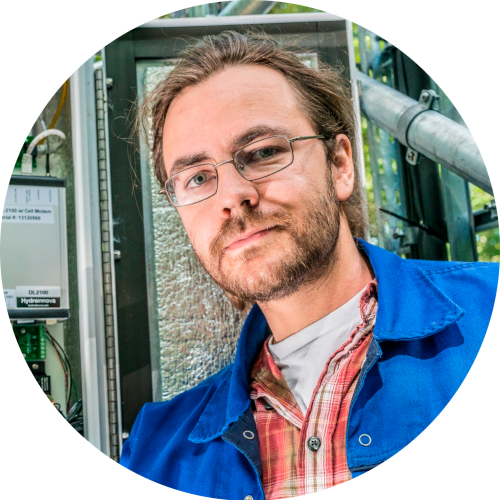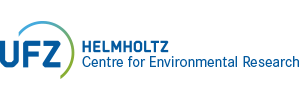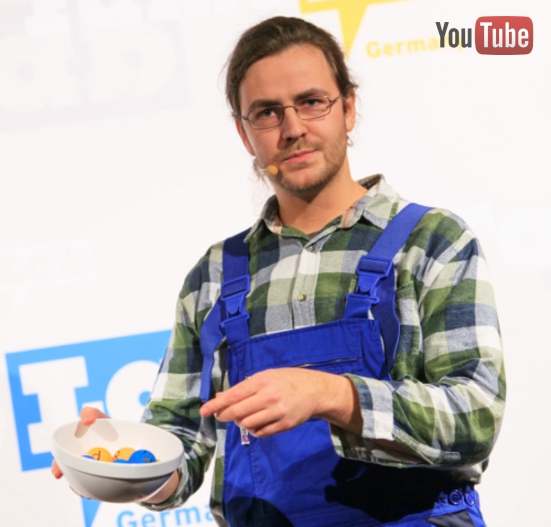Dr. Martin Schrön

Address
Research
- How does cosmic radiation interact with Earth and the environment?
- What can we learn from neutron detectors about water in soil and snow?
- Pushing the limits of stationary and mobile CRNS for soil moisture mapping from field to national scales.
- Software development for neutron simulation, data processing, and visualization.

Projects
Third-party research projects:
- CRNS network in Saxony (2024-2027)
− Monitoring- and modelling concepts for water budget assessment (MOWAX) - Cosmic rays on Svalbard (2023)
− SIOS Access Programme, Svalbard Integrated Arctic Earth Observing System - Low-water strategy for Thuringia (2022-2024)
− Ministry of Thuringia - SoMMet: CRNS Metrology (2022-2025)
− EURAMET: European Partnership on Metrology - CRNS roving & airborne (2022-2025)
− DFG Research Unit: CosmicSense Phase II - CRNS in the Negev desert (2019-2022)
− BMBF/MOST Joint German-Israeli Program on Water Technology Research - CRNS roving (2018-2021)
− DFG Research Unit: CosmicSense - AI-driven image recognition with drive-by photographs (2020)
− HIDA Datathon - CRP on Nuclear Techniques in Food and Agriculture (2018-2021)
− Joint IAEA/FAO Division - POLYGON: Polygons in tundra wetlands (2011-2014)
− DFG, Joint German-Russian Research Project
Overarching project involvement and commitments:
- eLTER: European Long-Term Environmental Observatories
- MOSES: Modular Observation Solutions for Earth Systems
- FESSTVal/DWD: Field Experiment on Submesoscale Spatio-Temporal Variability in Lindenberg
- TERENO: Terrestrial Environmental Observatories
- ScaleX: scale-crossing land-surface and boundary layer processes
- ACROSS: Ground Truth Demo and Test Facilities
Career
In my earlier years I studied Physics at the University of Heidelberg and ended up simulating the formation of stars in our universe. Our newborn child then brought me back to the roots of nature at the University of Greifswald, contributing to research about pattern formation of mires in Siberian wetlands. At the Helmoltz Centre for Environmental Research I realised that both worlds are interconnected. So I started a PhD on cosmic-ray neutron sensing to monitor water content in soils and obtained my degree from the University of Potsdam. For the following six months, I learned to know the fine English way of neutron sensing at the University of Bristol, before continueing the research at the UFZ Leipzig ever since.
Supervision
Completed supervisions: Kalindi Shah (Internship, 2018, SVNIT India), J. Weimar (Master thesis, 2017, Uni Heidelberg), L. Piussi (Internship, 2016, Uni Bolzano), M. Köhler (Master thesis, 2016, Uni Halle), J. Weimar (Internship, 2015, Uni Heidelberg)
Science Communication
If you think it's actually cool stuff what we are doing here at the UFZ, please help to spread the word!
My research was also mentioned in some press articles from Zeit Campus, Die Welt, and in an interview at Radio DLF "Forschung aktuell". There have also been a UFZ Newletter article, a UFZ press report, and a TERENO Newsletter article.
One of my posters received the 1st price at the HIGRADE Conference 2015. I gave a stage performance at FameLab Saxony 2013 which received 1st and audience prize, and also most of my Science Slam presentations were awarded. In 2015, I happened to win the German Master Award at the Science Slam German Finals. In 2018, I received the Klartext-Award for science communication from the Klaus-Tschira Stiftung.
Software Development
As a software developer I am working closely with Markus Köhli to establish the URANOS neutron simulation for environmental research. I am also involved in the development of the mesoscale hydrological model mHM, for which our team received the UFZ Research Award 2017. Besides the science, I love to develop productivity tools for writing, organizing, and data analysis. You can catch a glimpse on my GitHub account.
I am working with Interpreter- (Perl, Python, R, JavaScript, Bash), Compiler- (Fortran, Visual Basic), and Markup- (Latex, HTML, Markdown) languages.

